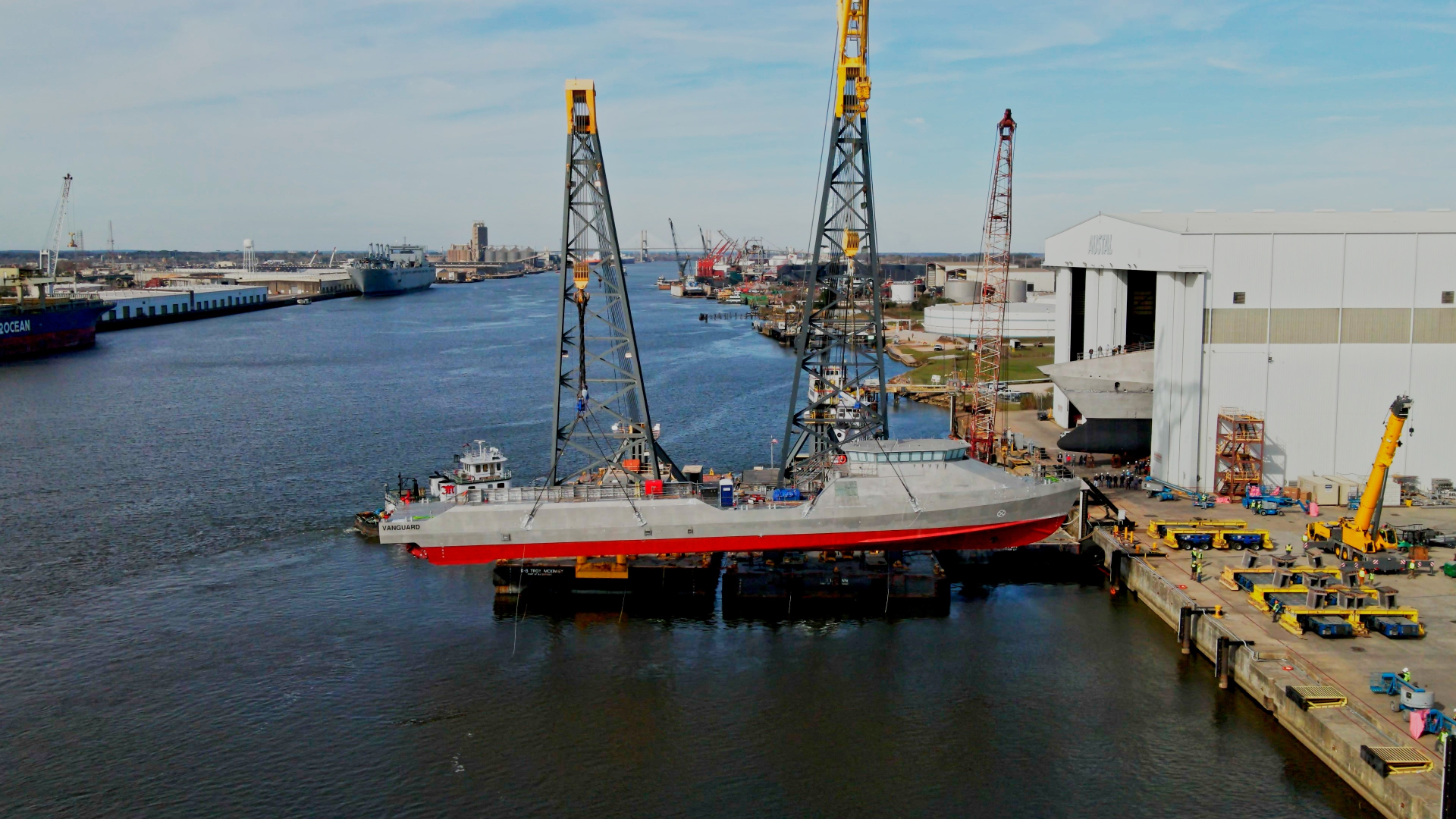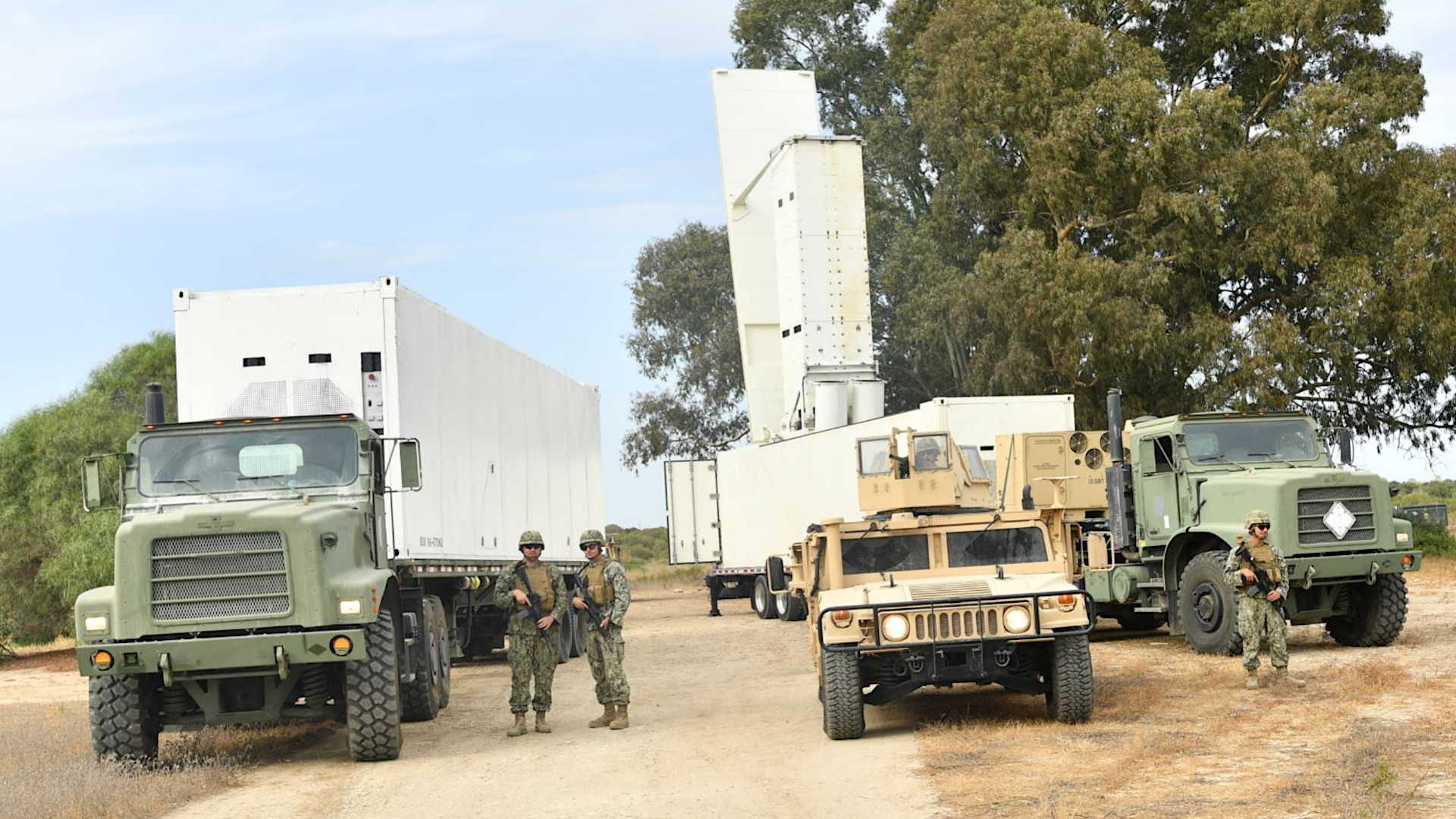Colin Parkinson
Army.ca Myth
- Reaction score
- 12,582
- Points
- 1,160
We are doomed if Irving gets a sub contract.......

Topshee has gone on record basically ruling out domestic submarine production as infeasible, so no worries on that front.We are doomed if Irving gets a sub contract.......
That was in the context of a potential MCDV replacement branching out into a supplement for the CSC, it is hard to be a supplemental force if you heavily cut away the vessels they are designed to supplement. Especially if this follows the point mentioned of cutting down the sensor packages of these vessels, effectively using them more so as magazines for the CSC. You'd need the CSC to be spotting, queueing and guiding the missiles from the other vessels properly using its SPY-7 array, AEGIS and the cooperative engagement capability.I wonder if that notion of an auxiliary missile corvette as a potential sign the CSC “Destroyer” numbers are going way down.
For clarity, in every single thing he is talking about he is the end user, not a decision maker. None of this is in his swimlane, and wish he would stop implying any of this is his decision to make. He can stomp his feet about the MCDVs as much as he wants but there is no replacement project on the books so it's not going to get spooled up, designed, built and delivered before end of life of the CPFs. They still can't even make up their mind about an MCDV life extension (which has been on the books for at least 15 years but kept getting bumped because it was the 'last op cycle and they'll be paid off soon).Topshee has gone on record basically ruling out domestic submarine production as infeasible, so no worries on that front.
“The ongoing war in Ukraine has accelerated the use of autonomous technology in warfighting, and Australia must ensure that it is not on the wrong side of the asymmetric advantage in any future conflict,” he said.
Australia is hardly the only country drawing such conclusions from the war in Ukraine. The conflict highlights macro trends driving toward a future where naval operations will rely less on large ships and more on masses of uncrewed vessels, said Bryan Clark, senior fellow at the Hudson Institute, during a panel at the exposition in Sydney.
“The other macro trend we’re seeing is with regard to manpower and cost constraints, or financial constraints on navies,” he said. Whether it is the U.S., Australian or Japanese navy, there are human capital limitations.
“The Ukrainians are showing a lot of how that rapid iteration is happening, and how much you have to adjust [tactics, techniques and procedures] as you go,” she said. “It’s not all about the technology and the initiatives that we’ll push through.”
The systems and platforms will have to “ride alongside” concepts of operations and tactics, techniques and procedures growth, she said. “And that’s where things like Task Force 59 — not the only place we’re doing it — where we can bring all that together and move quickly through experimentation and exercise to fielding is so important to how we’re going to get there in that 24-month timeframe.”
The required sea change in tactics and doctrine might be more difficult than developing the technology, Clark said.
“We’re kind of at the point now where the new technologies have gone beyond just making the existing way of fighting better, but they force you to think about fighting entirely differently,” he said.
“It’s going to come when we’ve got leaders that are willing to embrace a new approach to delivering military capability where you think about decomposing or disaggregating the functions of our traditional platforms into a broader collection of manned and unmanned assets,” he said.
That is ultimately a culture change, he added.
“Culture is a huge part of that, because you have to have a military that’s willing to change how it fights and be able to embrace those [changes] and then instill those lessons throughout the entire force,” he said. “That’s difficult in the U.S. military because the services and communities within each service have their own norms and doctrines that are difficult to change when new technology comes along.” ND
No, CRCN is talking out his ass.With the mention of a "high end corvette" that can launch missiles and referring to the CSC as destroyers, is there any hope of adopting the Type 31 frigate as a MCDV replacement?
The Type 31 will be equipped with 32 Mk 41 strike length cells. Originally it was to be fitted for but not with, but that has changed.Updating the design to incorporate changes to the standards would be one thing, making changes that fundamentally alter the underlying structure and major systems is nuts.
FTFY.No, CRCN is talking out his ass.
A big reason we have bought MOTs designs then heavily modify them is because of the giant laundry list of wants from theoperators (some of them just dumb)NTOs at ADM(MAT)/PMO (all of whom are tactically illiterate). Updating the design to incorporate changes to the standards would be one thing, making changes that fundamentally alter the underlying structure and major systems is nuts.
I personally don't see any "high end corvette" or frigate type supplement to the CSC happening, it would have to be in exchange for CSC's. Alongside the comments from Navy_Pete, the main concerns are going to be having any relevant project staff to run a procurement for the foreseeable future and the fact that the RCN doesn't have the personnel/budget to operate such a thing.With the mention of a "high end corvette" that can launch missiles and referring to the CSC as destroyers, is there any hope of adopting the Type 31 frigate as a MCDV replacement?
Some of that, but the ones that comes from the RCN requirement folks are pretty incredible as well.FTFY.
I personally don't see any "high end corvette" or frigate type supplement to the CSC happening, it would have to be in exchange for CSC's. Alongside the comments from Navy_Pete, the main concerns are going to be having any relevant project staff to run a procurement for the foreseeable future and the fact that the RCN doesn't have the personnel/budget to operate such a thing.
In my opinion, an MCDV replacement needs to be heavily controlled to stop feature creep and make sure the RCN gets a design that is efficient to purchase alongside chiefly, being personnel and cost efficient to operate. There is a vast number of OPV type designs offered by companies around the world, so there is definitely something able to be adapted to what the RCN needs. MCDV's are cheap and cheerful utilitarian ships that can be used for missions where other ships are not appropriate or would be a waste, this should be a core requirement going forward.
Something fast, with a small crew and all guns with perhaps a couple torpedo's might fit the bill ?
Order a dozen Visby's, straight off the shelf.
The Vigilance class OPV being proposed seems like it might work but they have released very little information about itA MCDV replacement won't be especially fast, speed is very expensive both in cost and with regard to the design compromises required to get to it. Don't expect much of a gun (basically similar to AOPS) or other armament as such a design will not be a combatant like the AOPS and MCDV's. The ideal MCDV replacement is a cheap to purchase and cheap to operate, simple OPV design that can undertake mine warfare duties as well. Endurance, seakeeping and reliability are going to be very important to the operations of these ships at home and abroad.
Not a very good fit for the role required, too slanted towards more coastal direct defense duty instead of multi-role duties both at home and abroad. Not being able to carry containerized payloads is a deal breaker for Visby.
At the end of July, the US Navy released a new Chief of Naval Operations Navigation Plan 2022. According to this document, now the fleet has approx. 300 warships and support vessels. In connection with the existing and expected challenges and threats, the Navy must increase its surface forces. By 2045, the fleet should already have 523 pennants.
It is noted that only 373 surface units will have a crew. The remaining 150 units. will be unmanned. This means that automated ships will account for almost a third of the total surface forces. It is expected that this way of developing the IUD will provide both quantitative and qualitative advantages.
| MCDV | Anticosti | Riley Claire | Nomad | Ranger | Mariner | Vanguard | Apalachicola | ||
| Length | ft | 182 | 191 | 175 | 175 | 193 | 193 | 205 | 338 |
| Beam | ft | 37 | 43 | 25 | 25 | 32 | 32 | 94 | |
| Draught | ft | 11 | 17 | 13 | 13 | 13 | |||
| Displacement | tons | 950 | 1059 | ||||||
| Power | bhp | 3812 | 4600 | 7200 | 7200 | 10000 | 10000 | 48812 | |
| Speed | knots | 15 | 13.5 | 30 | 30 | 43 | |||
| Crew | # | <47 | 23 | 10 | 0 | 0 | 0 | 0 | 0 |
Ghost Fleet Program
The plan to integrate the Ghost Fleet into the navy was first announced in 2018. The program’s first phase involved converting two commercial fast supply ships into military USVs.
Alongside autonomous capabilities, the systems received upgrades on the hull and electrical and mechanical systems. The resulting solutions were the Ranger and the OUSV2 Nomad.
The second stage focused on the Ranger and Nomad’s interoperability and endurance across complex scenarios.
Following the autonomous USV transit through the Panama Canal of both ships, the US government announced the development of the Mariner.
The Ghost Fleet vessels measure between 200 and 300 feet (61 to 91 meters) in length, similar to the size of corvettes.
Each has 16 to 32 missile-launching tubes, enabling the equipment of vertical launch systems, strike payloads, and anti-ship and ground-attack missiles.

 www.thedefensepost.com
www.thedefensepost.com


 defbrief.com
defbrief.com

Freedom class LCS it is, excellent choice.Something fast, with a small crew and all guns with perhaps a couple torpedo's might fit the bill ?
I hear there is a fire sale on them.........Freedom class LCS it is, excellent choice.


